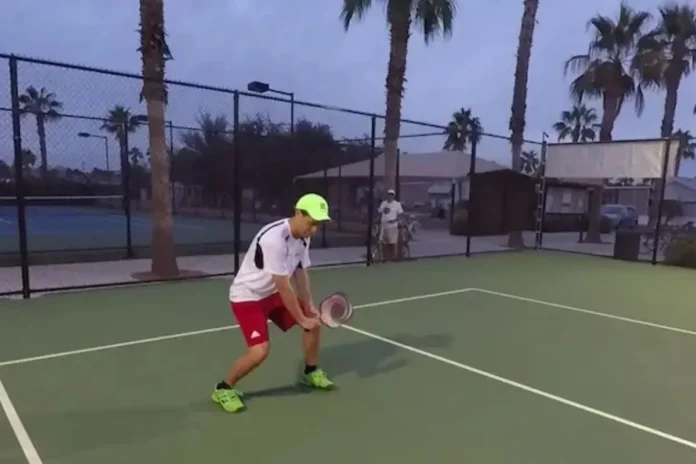Master Dink Speed-Ups and Resets: A new pickleball drill is gaining popularity among players aiming to sharpen three fundamental skills in one seamless exercise. This drill, focused on dinking, speed-up, and reset, offers a systematic way to build control and deception on the court.
How the Pickleball Drill Works
The pickleball drill follows a simple, repeatable pattern designed to improve each skill individually before adding them into a cycle. Player 1 begins the rally with a controlled dink, a soft shot that keeps the ball low. Player 2 then counters by “speeding up” the play with a faster, more aggressive shot aimed at catching their opponent off-guard.
Finally, Player 1 absorbs this speed-up, resetting the ball to restore control and continue the rally. The drill continues with roles alternating, providing practice in executing all three moves effectively.
Key Tips for Effective Speed-Ups
One of the primary objectives of this pickleball drill is to train players to disguise their speed-ups. Players are advised to make speed-ups appear indistinguishable from dinks. This involves positioning the body low, keeping the paddle tip down, and using minimal backswing.
Just before contact, players can add a subtle flick of the wrist, transforming what appears to be a dink into a speed-up that keeps their opponent guessing. This element of deception helps players disguise intentions, making them harder to anticipate.
Mastering the Reset Shot in Pickleball
Resetting—a defensive pickleball technique to neutralize an opponent’s aggressive shot—requires precise timing and body positioning. Players are encouraged to begin lowering their stance just before their opponent makes contact with the ball.
This posture allows them to use their entire body to absorb the impact smoothly, preventing the ball from rebounding too forcefully. By bending their knees, players can control their response more effectively and avoid an off-balance reset.
Feedback and Paddle Position Awareness in Pickleball
A key part of the drill is maintaining awareness of the paddle position for both players. Players are advised to monitor their paddle orientation to remain balanced and responsive, ready for any changes in shot speed or angle.
Practicing with a partner allows for mutual feedback, especially when a player’s paddle position indicates a predictable move. This feedback loop is essential for reinforcing good habits and fostering court awareness.
Building Core Pickleball Skills Through Repetition
This drill’s cyclical nature allows players to practice each skill in sequence, sharpening dinks, speed-ups, and resets. As these pickleball techniques are foundational to the sport, consistent practice with this drill can significantly elevate a player’s game.
Regular repetition helps ingrain muscle memory and improve reaction time, enabling players to confidently incorporate these moves into competitive play.
News in Brief: Master Dink Speed-Ups and Resets
A popular pickleball drill combines three essential skills—dinking, speed-ups, and resets—into one seamless exercise. The drill begins with a controlled dink, followed by a speed-up shot, and finishes with a reset to restore control. Key pickleball tips include disguising speed-ups to confuse opponents and mastering reset shots with proper timing and body posture.
Players are also advised to maintain paddle awareness for balance and responsiveness. Through repetition, this drill builds muscle memory, improves reaction time, and enhances fundamental skills. Consistent practice of this cyclical drill helps players become more effective and deceptive on the court.
ALSO READ: 5 Essential Pickleball Rhymes to Beat the Opponents Every Time

